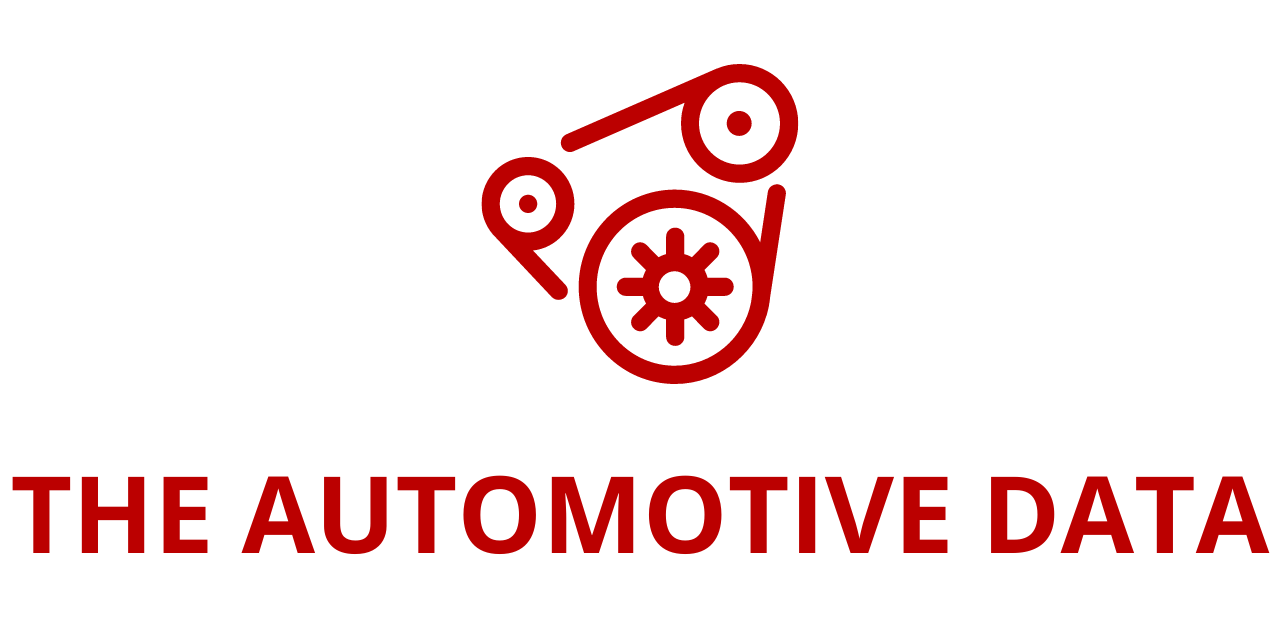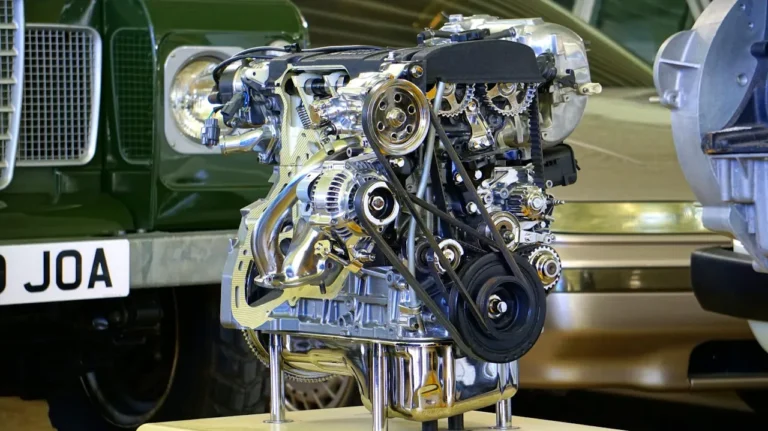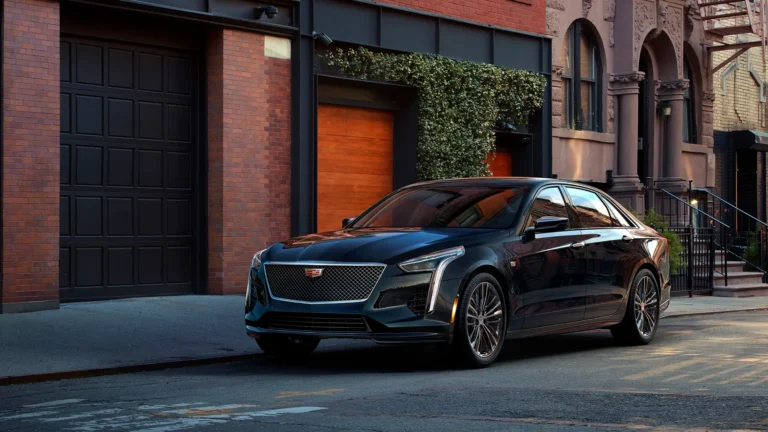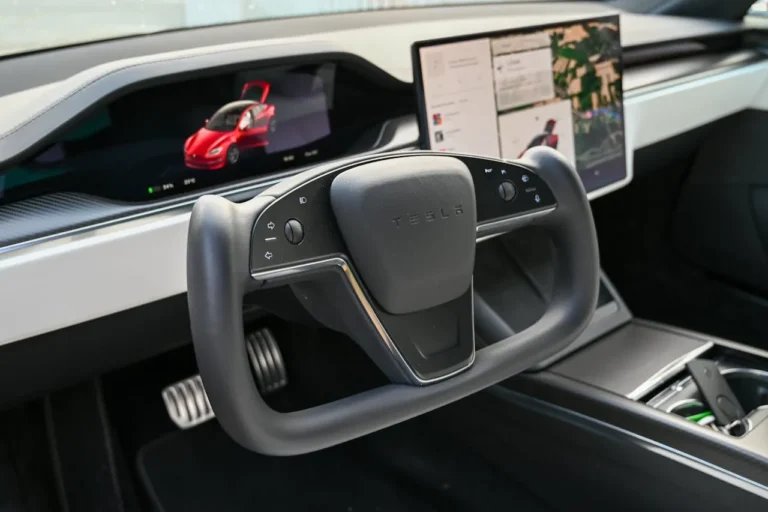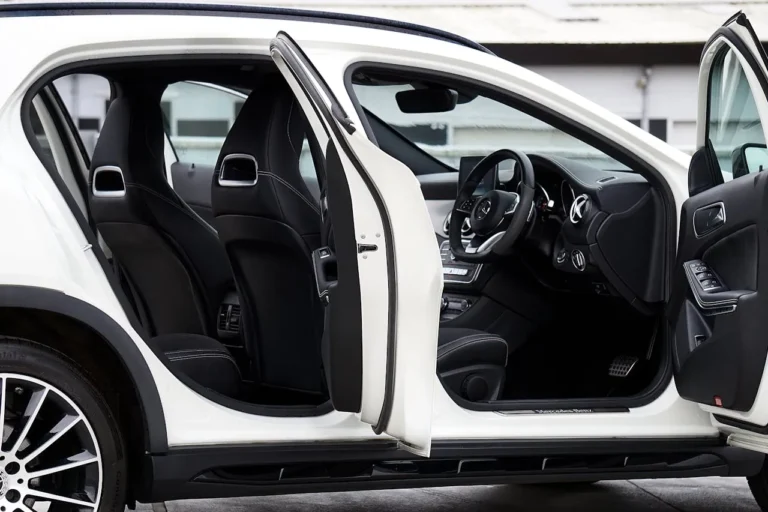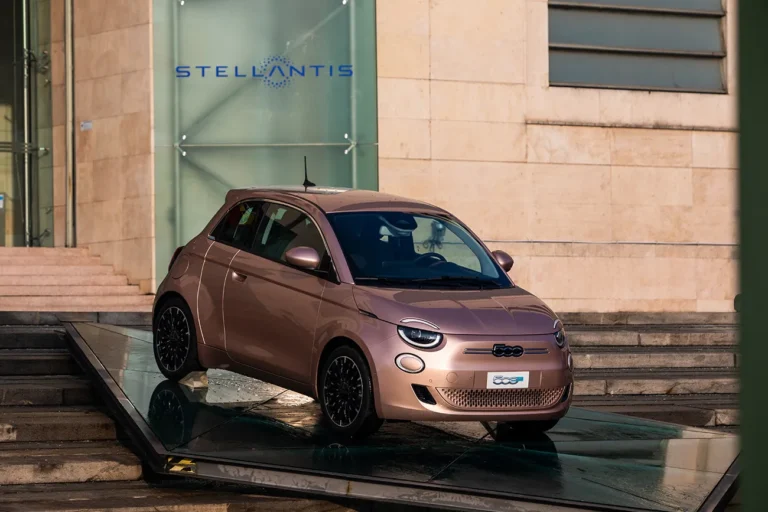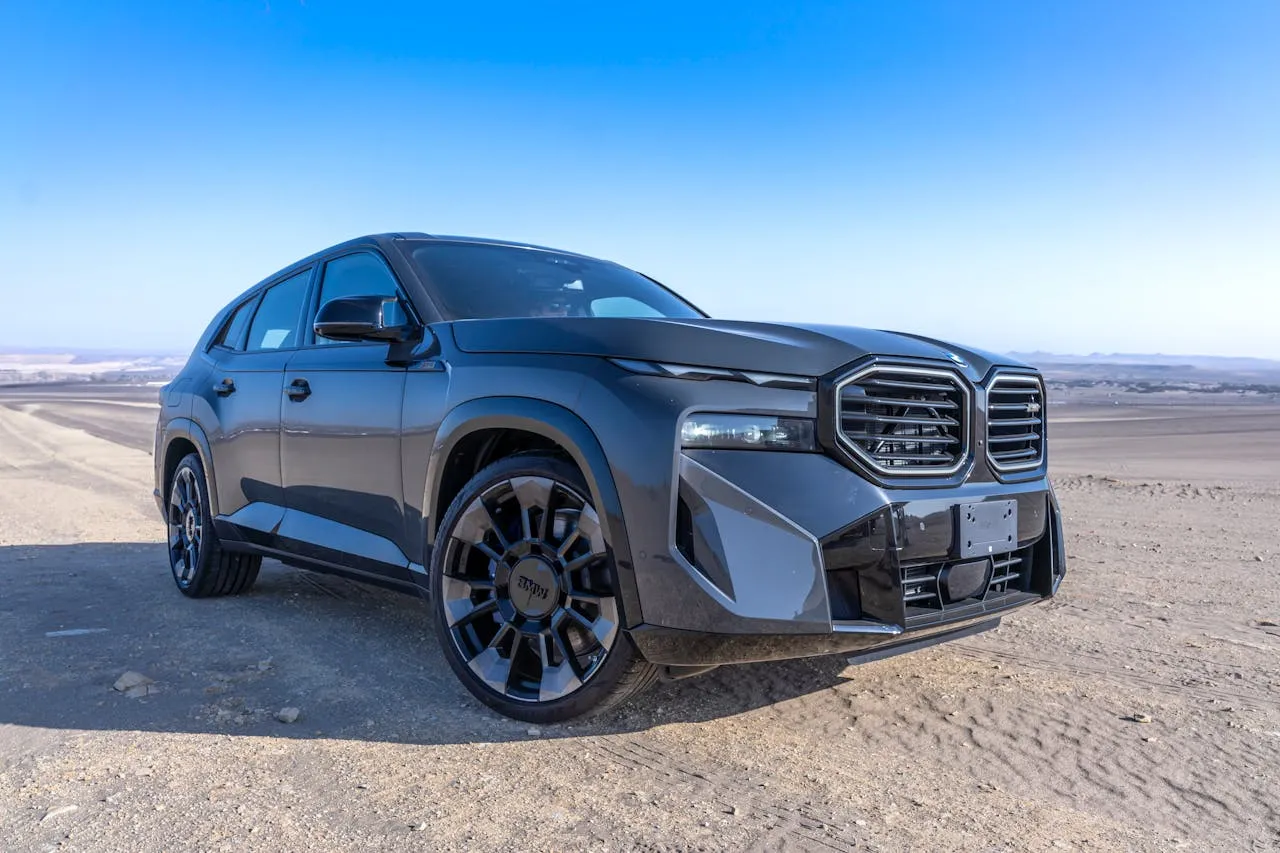
Tula Technology, Inc., a pioneer in propulsion efficiency and the developer of Dynamic Motor Drive® (DMD), is making significant strides in the commercialization of its innovative technology. The company is set to present the latest results of DMD, developed in collaboration with BorgWarner, at the 13th China International Automobile Propulsion Systems (IAPS) Summit. This event, scheduled for March 4 and 5 in Shanghai, will serve as a platform for industry leaders to explore advancements in automotive propulsion.
John Fuerst, the newly appointed President and CEO of Tula Technology, will be actively participating in the summit as a panelist in the Roundtable Discussion on the first day. This presence underscores Tula’s commitment to shaping the future of propulsion efficiency through cutting-edge software-driven solutions.
Dynamic Motor Drive®: A Software-Only Innovation for Enhanced Efficiency
Dynamic Motor Drive® (DMD) is an advanced software-based technology designed to improve the efficiency of electric drives, particularly under low-load conditions. By employing a unique technique of pulsing torque near peak efficiency, DMD enhances the energy efficiency of electrified vehicles. This not only supports the transition toward full electrification but also optimizes hybrid fuel efficiency and extends electric driving range. One of the key advantages of DMD is its ability to deliver these benefits while maintaining production-quality noise, vibration, and harshness (NVH) levels, ensuring a smooth and refined driving experience.
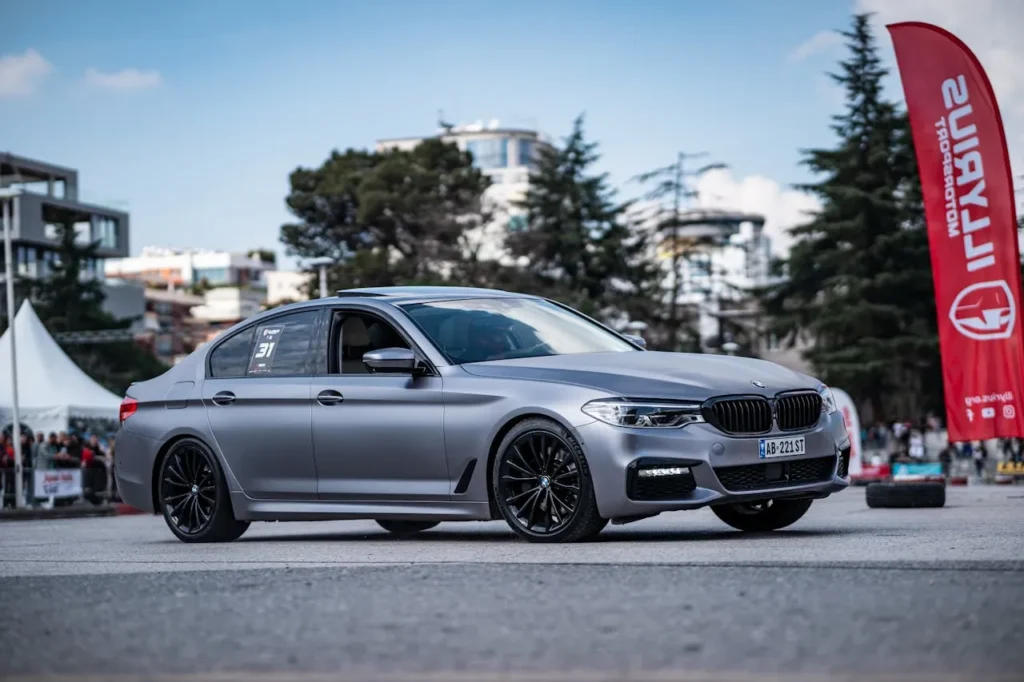
Tula, in collaboration with BorgWarner, has successfully implemented and tested DMD in a premium range-extended electric vehicle (REEV) equipped with internal permanent magnet motors on both the front and rear axles. The results of this testing highlight the potential of DMD to enhance vehicle efficiency in real-world applications.
Real-World Testing and Proven Benefits
During testing on the China Light-Duty Vehicle Test Cycle, the application of DMD to the rear axle of the REEV led to an increase in vehicle range by 0.6%. This finding was further corroborated by additional testing that isolated the electric drive unit, confirming the efficiency gains. Looking ahead, Tula and BorgWarner anticipate even greater improvements when DMD is applied to both axles of the vehicle. Projections suggest that this dual-axle implementation could increase the efficiency benefit to 1.5%.
The implications of these efficiency gains extend beyond just increased range. By improving energy efficiency, DMD also offers cost-saving potential for manufacturers and consumers. Specifically, the estimated battery cost savings per vehicle range from $40 to $100 USD. Given the rising costs of battery production and the growing demand for more efficient electric vehicles, this cost reduction presents a compelling case for automakers looking to optimize their powertrain solutions.
Addressing Noise, Vibration, and Harshness (NVH) Concerns
One of the primary concerns in the development of new propulsion technologies is the impact on NVH characteristics. Vehicle manufacturers strive to maintain a balance between efficiency and a comfortable driving experience. Tula’s DMD technology has undergone extensive NVH testing to ensure that it meets industry standards and consumer expectations.
The results of these tests have been overwhelmingly positive. DMD’s torque management strategy effectively controls noise and vibration levels, ensuring that they remain imperceptible compared to standard operation. This aspect of DMD has been validated not only through technical testing but also through real-world driving experiences. Nine leading Chinese OEMs have had the opportunity to test the demonstration vehicle equipped with DMD, and their feedback has reinforced the technology’s ability to maintain the premium NVH performance expected from high-end vehicles.
Expanding DMD’s Applicability Beyond BEVs
While DMD was initially developed for battery electric vehicles (BEVs), its potential applications have expanded significantly. The technology has garnered substantial interest for use in plug-in hybrid electric vehicles (PHEVs), including REEVs. These vehicle types, which rely on both electric and internal combustion propulsion, can benefit immensely from the efficiency improvements delivered by DMD.
John Fuerst emphasized this growing interest, stating, “We initially targeted DMD for use in battery electric vehicles, but are also seeing significant interest and applicability to plug-in hybrid electric vehicles (PHEVs), including REEVs, which can benefit significantly from DMD.” He further noted that DMD aligns with China’s stringent vehicle fuel and energy consumption targets, making it a valuable solution for automakers seeking to meet regulatory requirements while optimizing performance.
Beyond China, Western automakers are also recognizing the advantages of DMD as they diversify their powertrain portfolios. The push toward electrification is global, and many of the world’s leading OEMs and Tier 1 suppliers are collaborating with Tula to integrate DMD into their vehicle platforms. This widespread industry engagement highlights the versatility and potential impact of DMD across different markets and vehicle segments.
The Road to Commercialization
Tula Technology’s efforts to bring DMD to market are well underway, with serial production expected to launch in China in 2026. This milestone represents a significant step forward in the commercialization of software-driven propulsion efficiency solutions. As regulatory requirements for fuel consumption and emissions continue to evolve, automakers are increasingly seeking innovative technologies that enhance vehicle performance while meeting environmental targets.
The upcoming IAPS Summit will serve as an important venue for Tula to showcase the latest developments in DMD and engage with key industry stakeholders. The company’s participation in this event reflects its commitment to driving the adoption of next-generation efficiency technologies and collaborating with global partners to shape the future of mobility.
